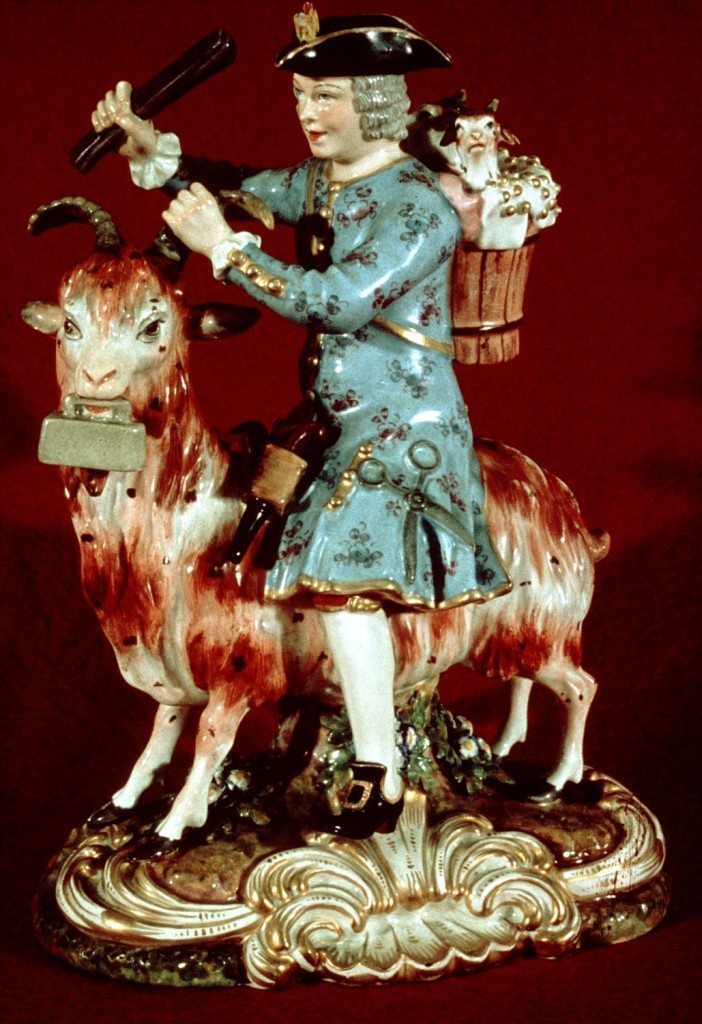The “Welsh” Tailor, c.1770
One of a pair of very popular satirical figures depicting a Tailor and his Wife. They were copied from figures first modelled in 1740 by the leading Meissen sculptor J.-J.Kaendler (1706-1775). According to a Meissen tradition, it was made in a mockery of the tailor of Count Heinrich von Brühl, the chancellor of Saxony. The tailor wanted to attend a court banquet but instead was represented in the form of a table decoration. The name of the figure means not the Welsh nationality, but rather the misunderstood German title: “Ein Schneider welcher auf einem Ziegenbock reutet” (A Tailor which rides a goat…). The group remained popular until the mid-19th century.
Image from: Derby Museum and Art Gallery
« Previous in this sectionNext in this section »Continue browsing this section
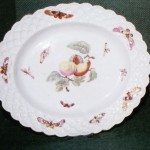 Derby Porcelain in the 18th and early 19th centuries
Derby Porcelain in the 18th and early 19th centuries
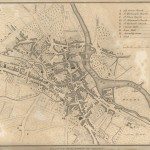 Derby Porcelain: André Planche and William Duesbury
Derby Porcelain: André Planche and William Duesbury
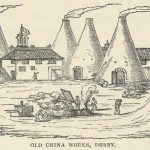 Derby Porcelain: William Duesbury II and Robert Bloor
Derby Porcelain: William Duesbury II and Robert Bloor
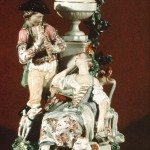 Pastoral Group, c.1770
Pastoral Group, c.1770
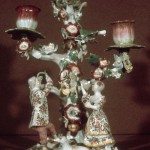 Candelabrum, c. 1755-60
Candelabrum, c. 1755-60
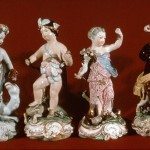 The Four Quarters (Continents), c.1775
The Four Quarters (Continents), c.1775
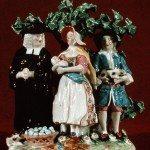 Tithe Pig Group, c.1765-70
Tithe Pig Group, c.1765-70
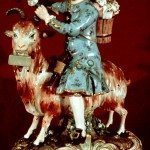 The “Welsh” Tailor, c.1770
The “Welsh” Tailor, c.1770
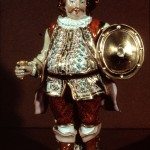 James Quin as Falstaff, c. 1825
James Quin as Falstaff, c. 1825
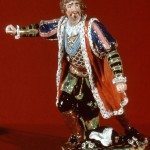 Edmund Kean as Richard III, c.1815
Edmund Kean as Richard III, c.1815
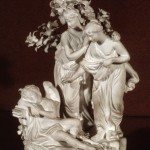 Virgins Awakening Cupid, c.1780
Virgins Awakening Cupid, c.1780
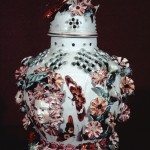 Frill Vase and Cover, c.1760
Frill Vase and Cover, c.1760
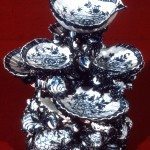 Blue & White Table Centre in two parts, c.1760
Blue & White Table Centre in two parts, c.1760
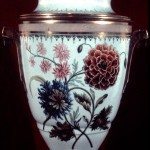 Ice Pail, c.1796-1800
Ice Pail, c.1796-1800
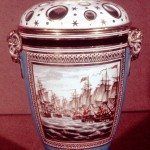 Pot-Pourri, c.1800-1810
Pot-Pourri, c.1800-1810
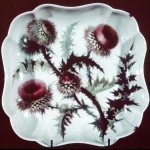 William Pegg’s Thistle Dish, c.1800
William Pegg’s Thistle Dish, c.1800
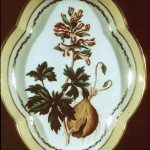 Dish, c.1800
Dish, c.1800
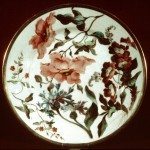 Dessert Plate, c.1813-1820
Dessert Plate, c.1813-1820
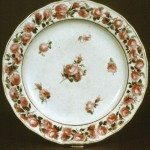 William Billingsley’s Prentice Plate, 1790-1795
William Billingsley’s Prentice Plate, 1790-1795
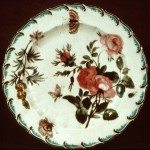 Dessert Dish, c.1790
Dessert Dish, c.1790
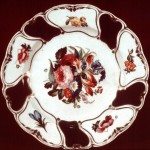 A Dessert Plate from the Trotter Service, c.1825
A Dessert Plate from the Trotter Service, c.1825
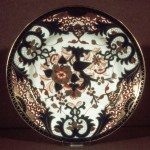 Dessert Plate (Imari)
Dessert Plate (Imari)
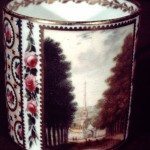 Coffee Can, c.1793-4
Coffee Can, c.1793-4
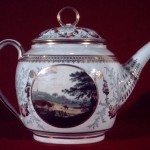 Teapot, c.1795
Teapot, c.1795
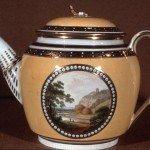 Teapot, c.1795
Teapot, c.1795
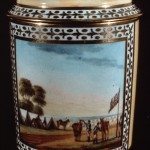 Chocolate Mug with Cover, c.1800
Chocolate Mug with Cover, c.1800



